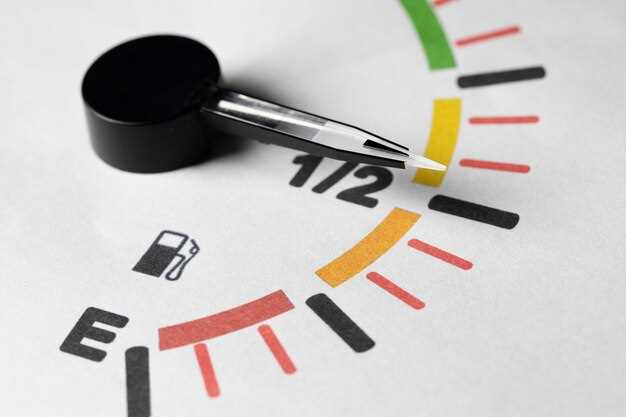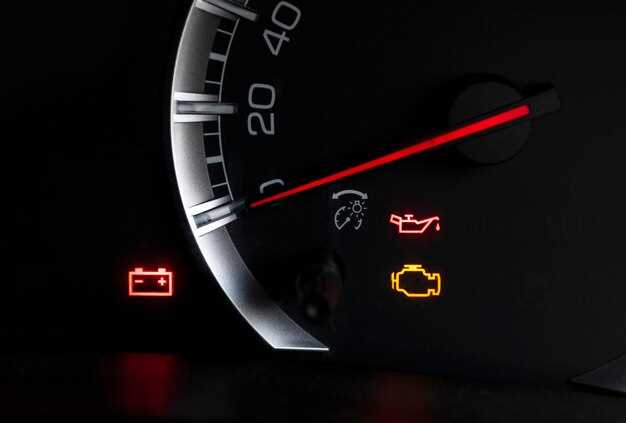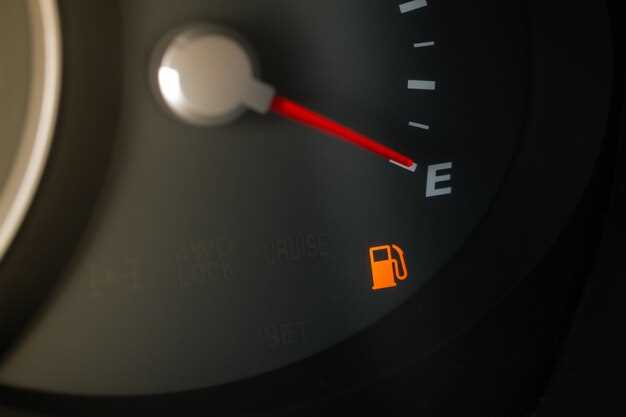
How to boost your car’s fuel efficiency

In today’s world, where the price of fuel continues to rise, understanding how to improve your car’s fuel efficiency has become increasingly important. Fuel economy is not only essential for your wallet but also for reducing your carbon footprint. By adopting a few smart driving habits and making minor adjustments to your car, you can maximize your fuel efficiency, leading to both savings and a more eco-friendly driving experience.
Driving style plays a crucial role in your vehicle’s fuel consumption. Aggressive driving, characterized by rapid acceleration, high speeds, and sudden braking, can significantly decrease your car’s economy. By adopting a smoother, more gradual driving approach, you can enhance your fuel efficiency and extend the life of your vehicle. Simple changes in your daily driving habits can lead to impressive results, making it essential for every driver to take note of their behavior on the road.
Additionally, regular maintenance of your vehicle can help optimize its performance and improve fuel economy. Ensuring your tires are properly inflated, using the recommended motor oil, and scheduling routine check-ups can all contribute to better fuel economy. By maintaining your vehicle, you not only save money on fuel but also ensure a safer and more reliable driving experience.
Maintaining Proper Tire Pressure for Fuel Savings

One of the simplest yet most effective tips to improve your car’s fuel efficiency is to maintain proper tire pressure. Under-inflated tires increase rolling resistance, which forces the engine to work harder and consume more fuel while driving. Conversely, over-inflated tires can lead to uneven wear and a harsher ride, affecting your overall driving experience.
Regularly checking your tire pressure is essential in ensuring optimal fuel savings. It is advisable to check your tires at least once a month and before long trips, as temperature fluctuations can cause pressure changes. The recommended pressure for your vehicle can usually be found in the owner’s manual or on a sticker located on the driver’s side door jamb.
Maintaining tires at the appropriate pressure not only enhances fuel economy but also improves safety and prolongs tire life. Properly inflated tires ensure better handling, shorter stopping distances, and improved overall vehicle performance. Incorporate this simple tip into your driving routine to maximize fuel efficiency and enjoy a smoother, safer ride.
Adopting Smooth Driving Habits to Maximize Mileage

To achieve optimal fuel economy, adopting smooth driving habits is essential. Rapid acceleration and harsh braking can significantly decrease your vehicle’s efficiency. Begin by gradually accelerating and maintaining a steady speed. This approach reduces the amount of fuel consumed while improving overall mileage.
Utilizing cruise control on highways can help maintain a constant speed, further enhancing fuel efficiency. When driving in city traffic, anticipate stops and start slowing down earlier to avoid unnecessary braking. This not only conserves fuel but also minimizes wear on your vehicle’s braking system.
Avoid excessive idling, as it wastes fuel without any benefit. If you expect to be stationary for more than a minute, it is usually more economical to turn off the engine. Additionally, keeping your windows closed at higher speeds reduces aerodynamic drag, allowing for better fuel economy.
Regularly monitoring tire pressure is also crucial. Under-inflated tires create more rolling resistance, which can negatively impact driving efficiency. Ensuring that your tires are properly inflated not only contributes to better fuel consumption but also improves overall safety.
Finally, consider the load your vehicle carries. Excess weight can lead to greater fuel consumption. Remove any unnecessary items from your car to decrease the weight and, consequently, enhance fuel efficiency during your journeys.
Choosing the Right Fuel and Understanding Octane Ratings
Selecting the correct fuel type for your vehicle significantly impacts its economy and overall performance. Different engines are designed to work optimally with specific octane ratings, so it’s crucial to understand how these ratings affect driving dynamics.
Octane rating measures a fuel’s ability to resist knocking during combustion. Higher octane fuels, typically rated at 91 or above, are ideal for high-performance vehicles with turbocharged engines or those requiring advanced ignition timing. Using a fuel that meets or exceeds your manufacturer’s recommendation can lead to better acceleration and smoother operation, thereby enhancing fuel efficiency.
On the other hand, using lower octane fuel than recommended can result in engine knocking, which may lead to decreased performance and increased fuel consumption. Therefore, adhering to the manufacturer’s guidelines regarding octane ratings can provide essential tips for maintaining vehicle efficiency while driving.
Additionally, consider the quality of the fuel from different suppliers. Premium fuels often contain detergents that help clean your engine, potentially improving efficiency and extending the life of your vehicle. Regularly incorporating high-quality fuel can therefore serve as a proactive approach to achieving better fuel economy.
In summary, choosing the right fuel and understanding octane ratings are vital steps toward maximizing your car’s fuel efficiency. Always refer to your vehicle’s specifications and follow the recommended fuel guidelines to ensure optimal driving experiences and improved economy.